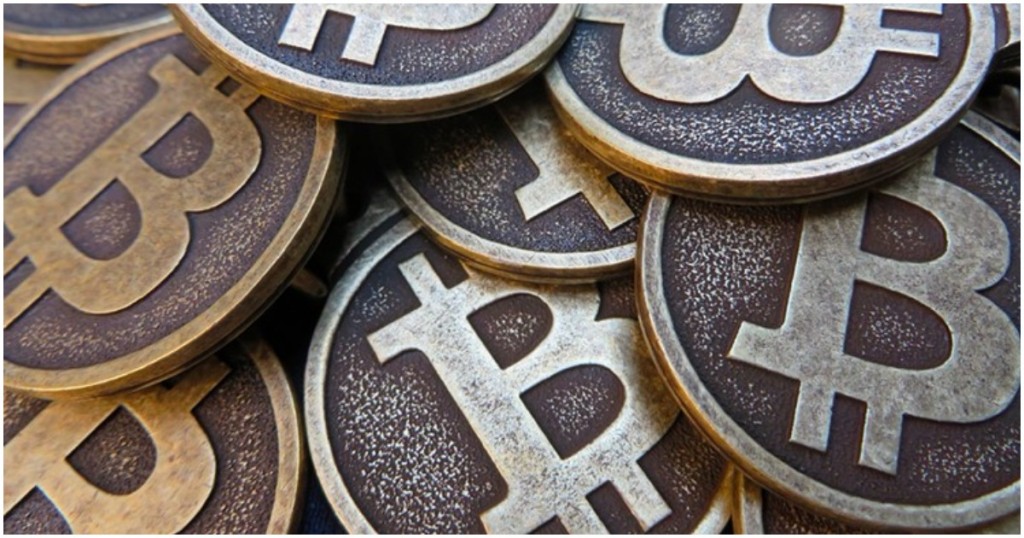Exploring the realms of cryptocurrency, this article delves into the contrasting worlds of Bitcoin and Decentraland’s MANA. While Bitcoin revolutionizes currency, Decentraland ventures into virtual realities. Explore bitcoin-up.live, your primary destination for learning about Bitcoin, forecasting its value, developing investment strategies, and staying updated with the newest cryptocurrency trends.

Bitcoin vs. MANA: Purpose and Use
The digital realm of cryptocurrencies presents a diverse array of applications and uses, of which Bitcoin and Decentraland’s MANA are prime examples. Bitcoin, the first cryptocurrency, was created as a decentralized digital currency, intended for transactions and as a store of value. Its primary function is to facilitate peer-to-peer transactions without the need for intermediaries like banks. The essence of Bitcoin is its ability to offer a digital equivalent of cash, enabling secure, borderless, and relatively anonymous transactions.
Decentraland’s MANA, on the other hand, serves a different purpose. While it is also a cryptocurrency, its role extends beyond just transactions. MANA is intrinsically linked to the Decentraland virtual reality platform, a blockchain-based digital world. Here, MANA is used to purchase virtual land, goods, and services within this virtual universe. MANA’s utility in Decentraland provides a tangible application in a virtual setting, contrasting Bitcoin’s broader economic aspirations.
Investment Perspectives
From an investment standpoint, both Bitcoin and MANA present unique opportunities and risks. Bitcoin, often referred to as ‘digital gold‘, has established itself as a major player in the investment world. It’s seen by many as a hedge against inflation and a valuable component of a diversified investment portfolio. Bitcoin’s value is influenced by various factors including investor sentiment, regulatory news, and its adoption by mainstream financial entities. Its history of significant price volatility is a double-edged sword, presenting substantial profit opportunities but also notable risks.
In the case of MANA, the investment perspective is tied closely to the success and growth of the Decentraland platform. As the platform evolves and gains more users, the demand for MANA is likely to increase, potentially driving up its value. However, this also means that its value is closely linked to the performance and adoption of a single virtual platform, making it a more speculative investment. The unique blend of technology, community engagement, and digital real estate in Decentraland could lead to a new frontier in digital asset investment but also comes with uncertainties inherent in emerging technologies and platforms.
Technological Innovations and Challenges
The technological landscapes of Bitcoin and Decentraland are marked by constant innovation and accompanying challenges. Bitcoin’s blockchain technology is a pioneering force in the world of decentralized ledgers. Its proof-of-work consensus mechanism, while secure and proven, faces criticism for its high energy consumption, prompting discussions about sustainability and the exploration of more energy-efficient alternatives. Additionally, scalability remains a challenge, as the Bitcoin network faces limitations in handling a high volume of transactions, leading to potential delays and higher transaction fees.
Decentraland, powered by the Ethereum blockchain, brings forth a different set of technological innovations and challenges. The platform’s integration of blockchain, virtual reality, and digital assets is a significant stride in the creation of immersive digital experiences. However, it faces challenges in scaling, user experience, and interoperability with other digital assets and platforms. As a relatively new and evolving platform, Decentraland must navigate the complexities of maintaining a stable and user-friendly virtual environment while expanding its features and user base.
Both Bitcoin and Decentraland illustrate the dynamic nature of cryptocurrency technologies, where innovation is constant and challenges are inevitable. As these platforms evolve, they continue to reshape the landscape of digital assets and the broader technology ecosystem.
Impact on the Blockchain and Cryptocurrency Sector
Bitcoin’s success validated the potential of cryptocurrencies, leading to an explosion of interest and investment in the sector. This pioneering role has had a ripple effect, influencing the development of thousands of other cryptocurrencies, each seeking to innovate or improve upon Bitcoin’s foundational technology.
Decentraland, on the other hand, represents a significant evolution in the use of blockchain technology. While Bitcoin demonstrated the potential for decentralized financial systems, Decentraland has expanded the scope of blockchain applications into the realm of virtual reality. By integrating blockchain with a 3D virtual world, Decentraland has opened up new possibilities for how blockchain can be used, particularly in creating and managing digital assets in a virtual environment.
This has broadened the appeal and understanding of blockchain technology, attracting a diverse range of users, developers, and investors who are interested not only in the financial aspects of cryptocurrency but also in its potential for creating immersive, interactive virtual experiences.
Conclusion
This exploration of Bitcoin and MANA reveals the diverse capabilities and potential of cryptocurrencies. From digital transactions to virtual economies, these platforms are reshaping our understanding of value and interaction in the digital age, paving the way for innovative financial solutions and virtual experiences.